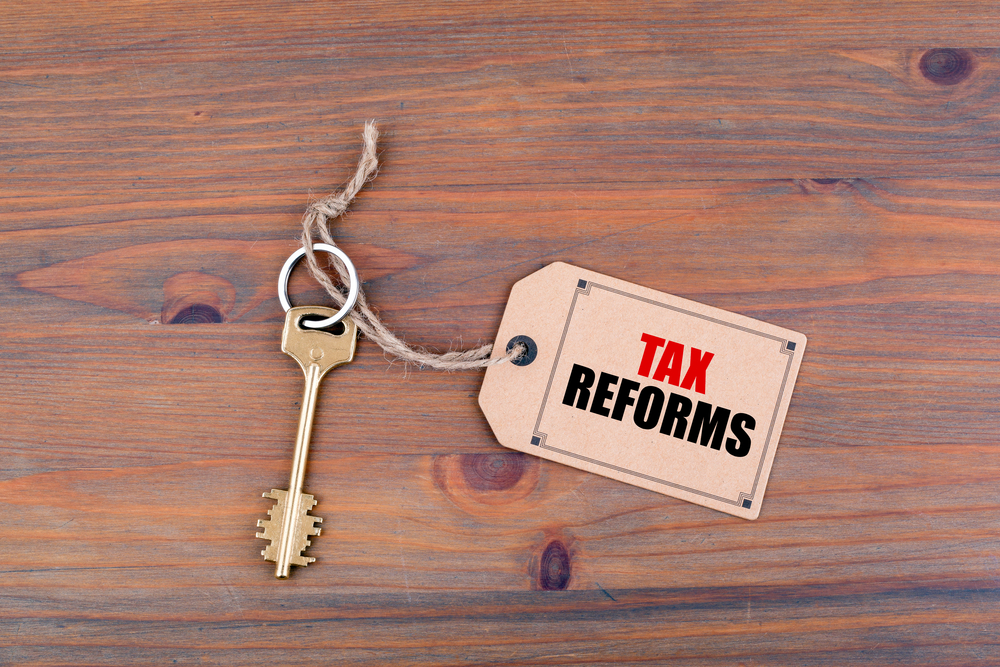Part 2: Prepare now for state tax implications of federal tax reform
The time to prepare for managing the impact of federal reform at the state tax level is now
Jeff Worlton //July 6, 2017//


Part 2: Prepare now for state tax implications of federal tax reform
The time to prepare for managing the impact of federal reform at the state tax level is now
Jeff Worlton //July 6, 2017//

Continued from Part 1: Why federal tax reform matters to Colorado
Considerable resources are being devoted to assessing the potential impact of the major tax reform proposals (Trump's campaign proposal and House Republicans' "Blueprint") gearing up advocacy efforts to shape the final outcome, and preparing for eventual implementation.
In Part 1 it was noted that if enacted, any federal reform will have significant impact on states and their income tax structures.
There are a number of steps a company can take to prepare for dealing with and managing the state-level impacts of federal tax reform. Some of the questions to be asked and analyzed are:
- What is our tax posture across our most significant states? Where is our liability the greatest, and what is driving that liability? What are the key characteristics of the tax systems in those states?
- How will the key aspects of potential federal reforms be likely to affect the tax base and our liability in these key states? Have we modeled the impact of these changes on our tax position?
- What are key officials in these states saying with respect to the impact of our federal reform at the state level and the likelihood that they will or will not model the federal changes at the state level?
- What is the overall fiscal outlook for the next two to four years in our key states?
- How might federal changes impact the valuation of deferred state tax assets and liabilities?
- Are there steps we can take now that might mitigate any undesirable outcomes from the federal reform at the state level, or conversely, enhance desirable outcomes?
THE BIG QUESTION
The question that is top of mind for chief tax officers and chief financial officers is whether tax rate reductions similar to those proposed at the federal level are to be expected at the state level given the various linkages between state and federal taxes? There, is, of course, no easy singular answer to this question.
How states respond to a potential broader tax base likely will depend on a number of factors that are individual to each state. Some of the factors expected to affect a state's decision are the fiscal condition of the state; the degree to which the state tax base is actually broadened given the different linkages between the state and federal taxes and the potential for states to decouple from certain federal provisions; the distributional impact of any potential rate changes in light of the broader tax base; and the political culture and tax philosophy of the state legislative and executive branches.
Even though the crystal ball is far from clear, the time to analyze and prepare for managing the impact of federal reform at the state tax level is now. Waiting until things unfold will mean you are only reacting to events rather than managing outcomes.

























